Learn
Musical Notation
Let's look at a few elements of music notation in more detail.
The Staff
The most basic element of music notation is the staff, which is a set of 5 horizontal lines and 4 spaces on which music is written.

Notice that there are five lines in the staff. The lines are numbered 1 through 5, always starting with the bottom line first.
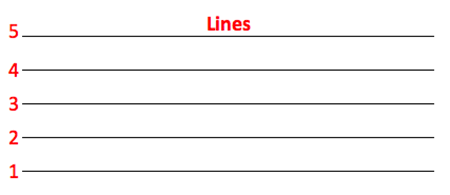
In between each of the lines is a space. Notice that there is a total of four spaces. The spaces are number 1 through 4, always starting with the bottom space first.
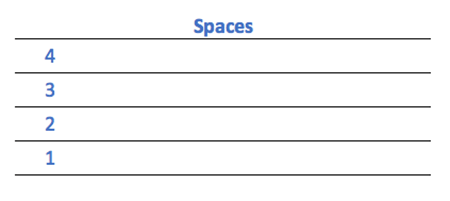
In summary, the staff
 consists of four spaces and five lines that are numbered from the bottom to the top.
consists of four spaces and five lines that are numbered from the bottom to the top.
Notes and Rests
Notes (indicating sound) and rests (indicating silence) are symbols written on the staff. A music composer will write a note when sound is desired and a rest when no sound is desired. So, notes equal sound and rests equal no sound or silence.
In music, the beat (also called counts) is the foundation of rhythm, which is the organization of sound in time. When you are listening to a piece of music and begin tapping your foot, you are tapping the beat. The beat is the steady, repeating pulse in music.
Notes and rests are written on the staff to create music. When learning notes and rests, beats are important because different notes and rests are assigned different numbers of beats.
For example, this is a quarter note and it receives 1 beat.

A half note receives two beats.

A whole note receives four beats.

An eighth note receives ½ beat. So, it would take 2 eighth notes to equal the length of 1 quarter note.

Remember, when a note is written on the staff, a musician knows to create sound for the assigned number of beats or counts. When the composer wants the musician to be silent, a rest is written. Just like notes, rests are unique symbols that are assigned a specific number of beats.
This is a quarter rest, and it receives 1 beat.

A half rest receives two beats.

A whole rest receives four beats.

An eighth rest receives ½ beat. So, just like the eighth note, it would take 2 eighth rests to equal the length of 1 quarter rest.

Music Math
Now, let's try some simple music math to check your understanding of notes, rests, and their counts.
How many total counts does the following musical equations equal?
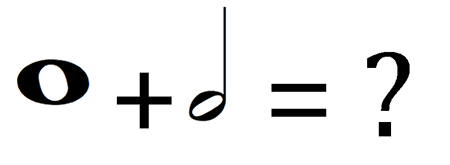
Answer: A whole note plus a half note equals 6 counts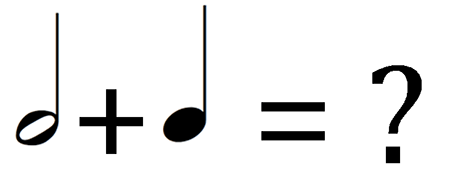
Answer: A half note plus a quarter note equals 3 counts
Answer: A quarter rest plus a whole note equals 5 counts
Answer: A half rest plus a whole rest plus a quarter note equals 7 counts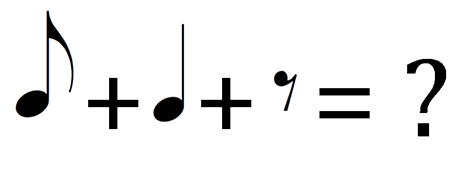
Answer: An eighth note plus a quarter note plus an eighth rest equals 2 counts
